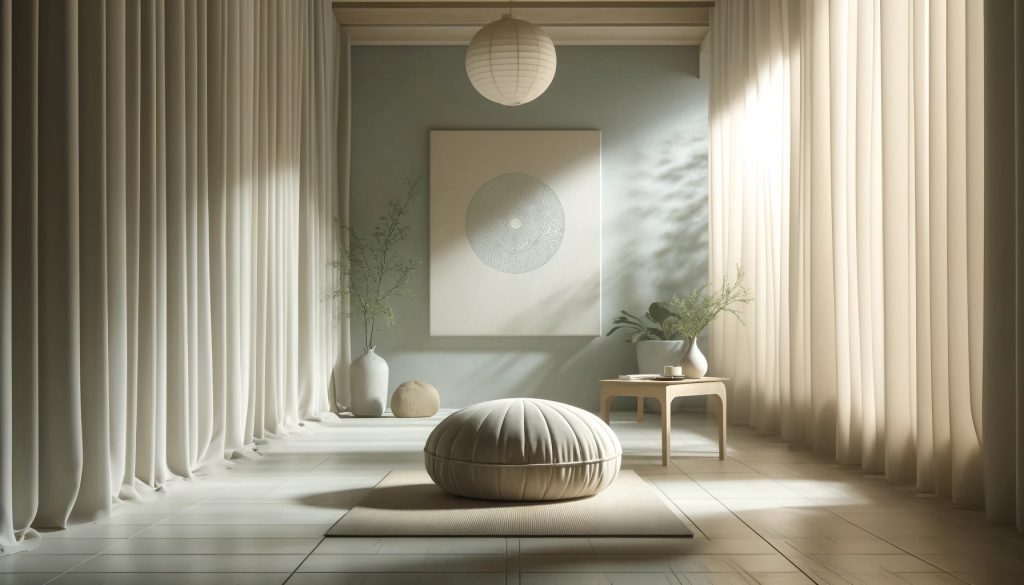Tiny Living: Embracing the Minimalist Lifestyle in a Small Home

In recent years, the tiny living movement has been gaining momentum, captivating those who seek a simpler, more intentional way of life. This trend involves downsizing to a smaller living space and embracing minimalism—A Noodle magazine lifestyle choice that can lead to big rewards.
The Allure of Tiny Living
Why are people drawn to tiny homes? For starters, they often come with a lower cost of living. Smaller homes mean smaller utility bills, less maintenance, and typically lower property taxes. Financial freedom is a huge draw, allowing tiny home dwellers to allocate money toward traveling, hobbies, or savings.
But the benefits go beyond just economics. Tiny living encourages a minimalist lifestyle, pushing individuals to think carefully about what they truly need. Every item in a tiny home must earn its keep, either through utility or joy. This leads to a more organized and less cluttered environment, which many find mentally freeing.
Designing a Small Home
Designing a tiny home requires ingenuity. Space must be maximized, which often leads to innovative solutions like multi-functional furniture—think beds with storage compartments, foldable desks, or convertible sofas. The key is to use every inch wisely, from high ceilings for extra storage to built-in shelves on almost every available wall.
Natural light also plays a crucial role. Large windows not only make the space feel larger but also connect the indoors with the natural world outside, making the home feel less confining.
Lifestyle Changes and Challenges
Living in a tiny home isn’t without its challenges. One must be willing to let go of numerous possessions that don’t fit the space or lifestyle. For families, space can become a commodity, requiring additional creativity and discipline in how living areas are used.
However, these challenges also present opportunities to grow and adapt. Tiny living often leads to spending more time outdoors, engaging in community activities, or exploring new hobbies that don’t require much space.
Environmental and Social Impact
Tiny homes are often praised for their eco-friendly nature. Their small size means they consume less energy for heating and cooling. Many are also built using sustainable materials and designed to leave a minimal environmental footprint.
Socially, tiny living can lead to stronger community ties. Tiny home communities often feature shared spaces such as gardens, play areas, and clubhouses where residents can gather and interact. This can create a sense of belonging and mutual support among neighbours.
Conclusion
Embracing the minimalist lifestyle in a small home is about more than just living in a smaller space; it’s about creating more room in life for the things that truly matter. Whether it’s reducing environmental impact, strengthening community ties, or simply freeing up finances for personal pursuits, the tiny living movement offers a unique way to redefine what makes a house a home. As more people opt for this lifestyle, it stands as a testament to the idea that sometimes, less really can be more.
--------------------------------
Guestbeat.com Notice!
Audience discretion is needed, Read TOS.
Submit Guest Post / Read Latest / Category List
App & Rate-Us / Subscribe Daily Newsletter (FREE)



